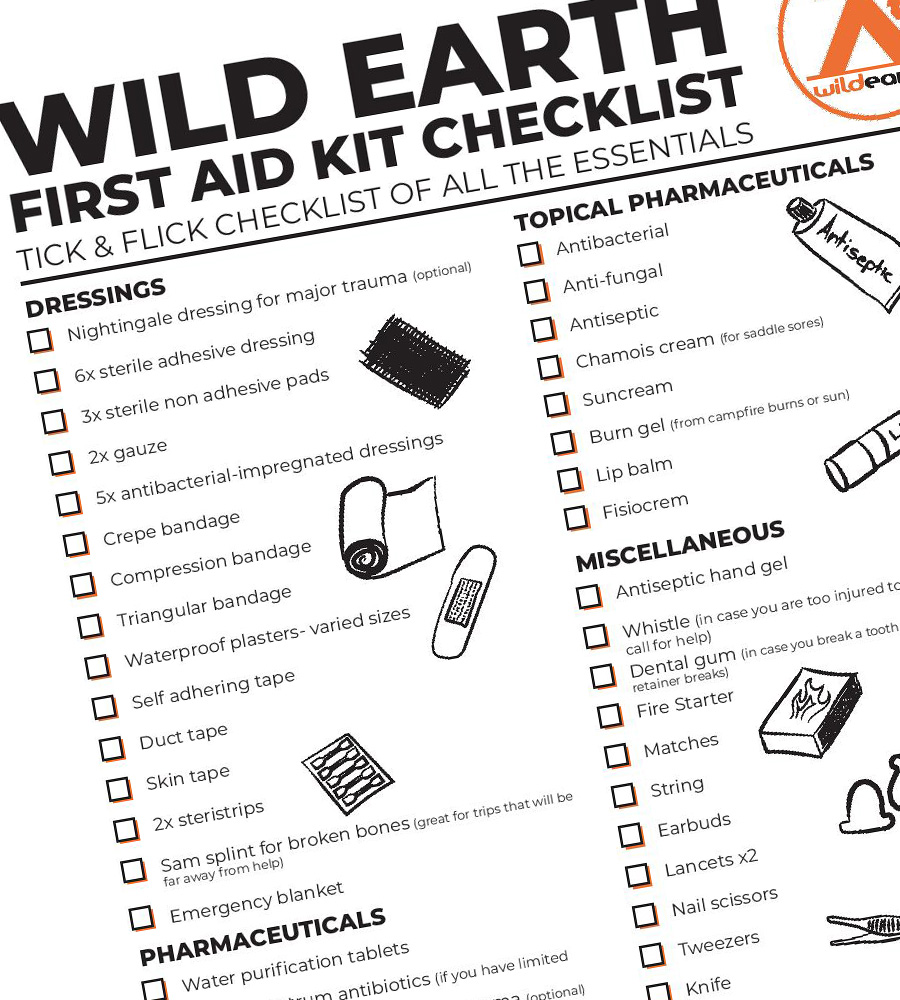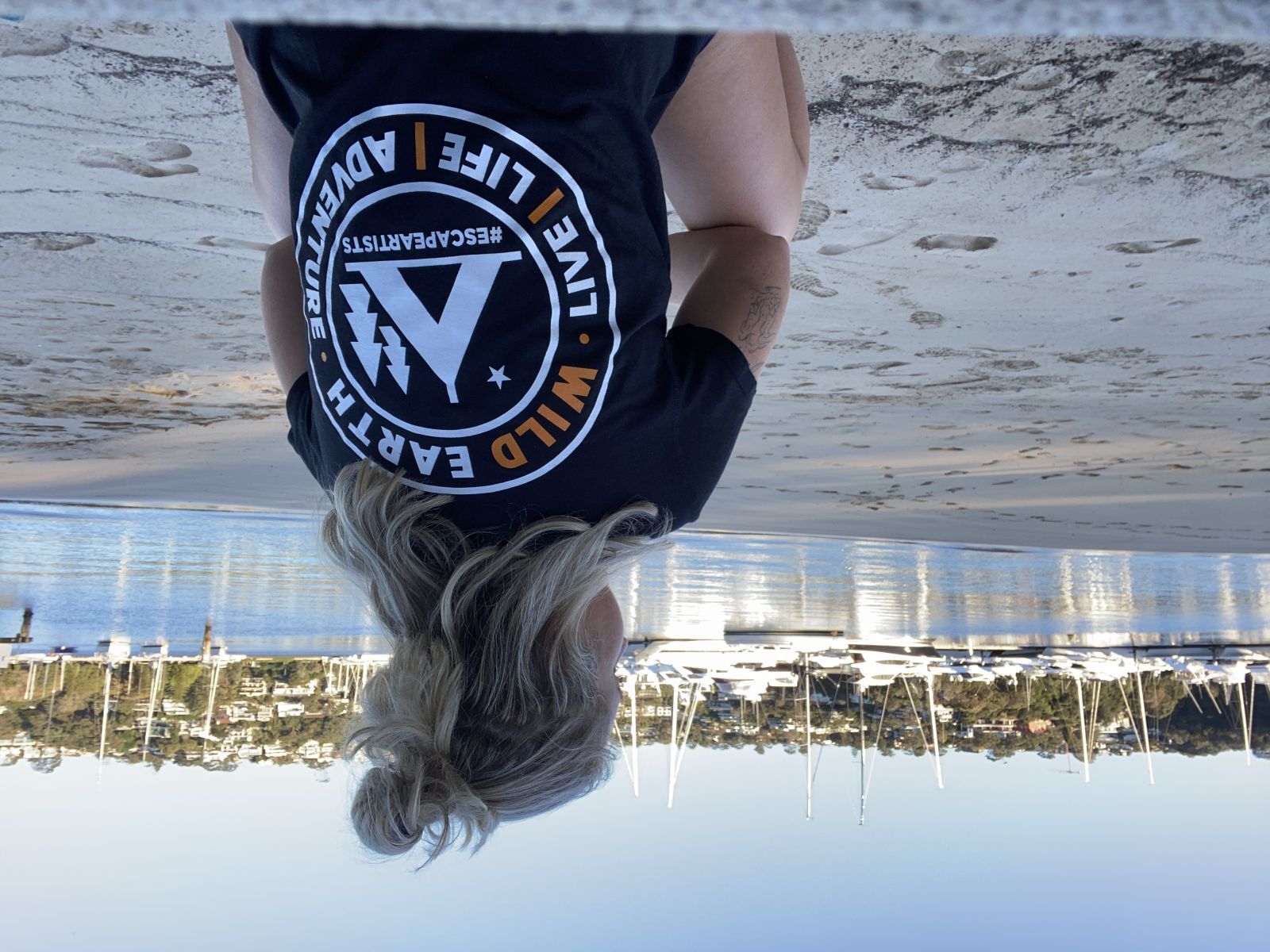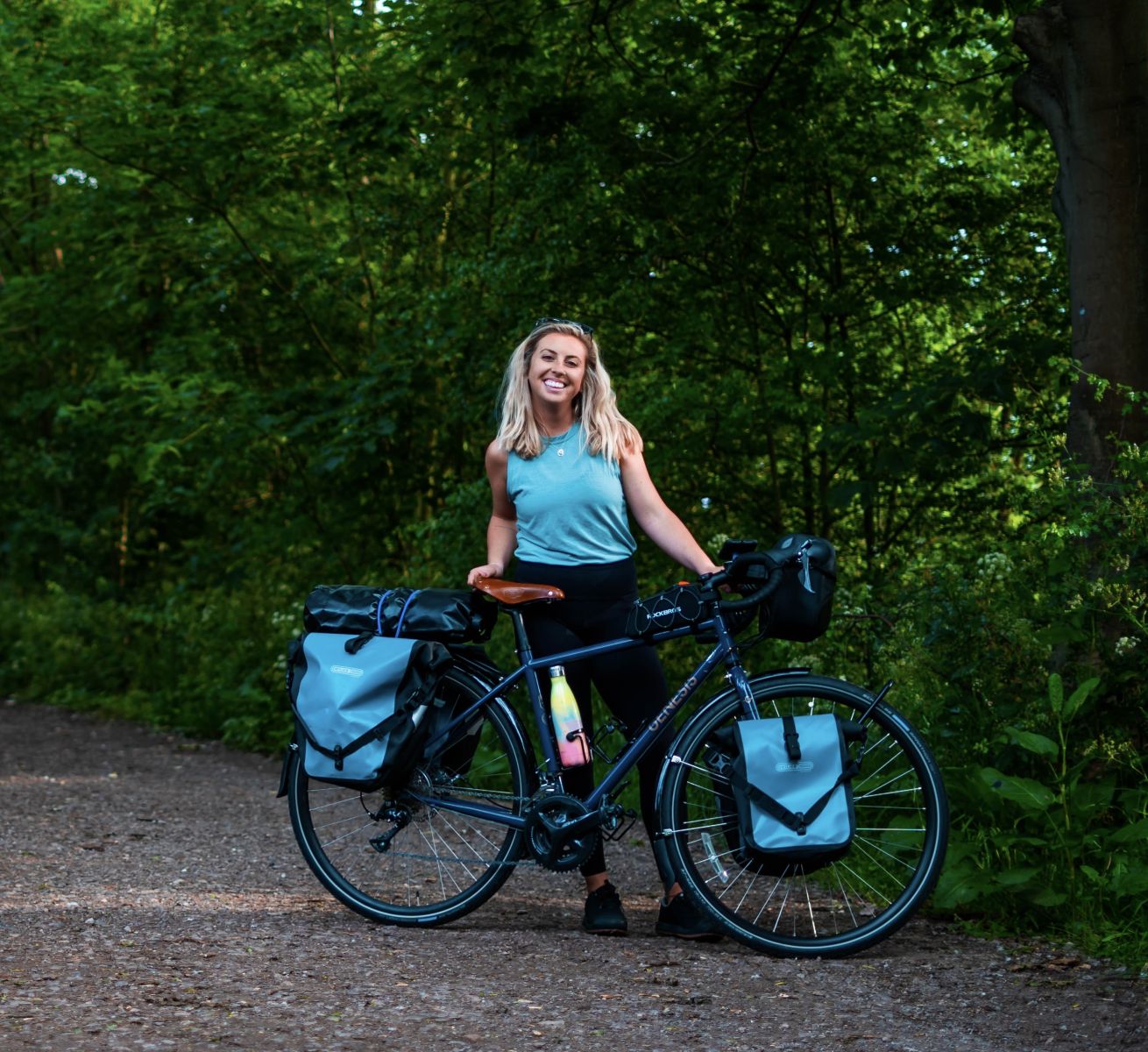Total Items: 0
Sub Total: $0.00
Often on these adventures, you will find yourself out in the wilderness and far away from help, so it pays to be prepared for things to take a turn for the worse. As a qualified paramedic, my first aid kit is probably a little much because I like to be prepared for both an accident where I find myself alone and far from help, or, I find myself in the position to help others injured. For me, the weight is worth it, it gives me peace of mind when travelling alone and also arms me with some handy tools to help others with the skills I have. It's completely up to personal preference on how much space and weight to dedicate to your first aid kit that meets your needs. You can buy a travel first aid kit, or make your own, but it's important to think about what could go wrong on your adventure and make sure you have the right equipment.
Think about your own medical history, allergies, possible accidents, availability of healthcare and the weather conditions when making your first aid kit.
Common accidents to consider...
Trauma: cuts, scrapes, broken bones, burns, animal bites/stings (dog, tick, snake, jellyfish)
Medical: Allergic reaction, diarrhoea, infection (head cold, UTI, skin infection)
Weather Exposure: heat stroke, hypothermia, frostbite, food or water poisoning, sunburn
It's also worth considering how long it might take you to get to proper healthcare when stocking your first aid kit. If it's going to take you several days to stumble out, you will need extra stock to change your dressings, maintain a good level of pain relief and administer enough pharmaceuticals.

- Nightingale dressing for major trauma (optional)
- 6x sterile adhesive dressing
- 3x sterile non adhesive pads
- 2x gauze
- 5x antibacterial-impregnated dressings
- Crepe bandage
- Compression bandage
- Triangular bandage
- Waterproof plasters - varied sizes
- Self adhering tape
- Duct tape
- Skin tape
- 2 x Steristrips
- Sam splint for broken bones (great for trips that will be far away from help)
- Emergency blanket
- Water purification tablets
Broad spectrum antibiotics (if you have limited access to healthcare) -
Haemostatic gauze for major trauma (optional) -
Aspirin -
Nurofen -
Paracetamol -
Strong painkillers -
Antiemetic -
Cold and flu tablets -
Antihistamines -
Lozenges -
Lemsip -
Alcohol wipes -
Anti-diarrhoeal -
Electrolytes -

- Antibacterial
- Antifungal
- Antiseptic
- Chamois cream (for saddle sores)
- Sunscreen
- Burn gel (from campfire burns or sun)
- Lip balm
- Fisiocrem
Antiseptic hand gel -
Whistle (in case you are too injured to move and need to call for help) -
Dental gum (in case you break a tooth or part of a permanent retainer breaks) -
 Fire Starter -
Fire Starter -
Matches -
String -
Earbuds -
Lancets x 2 -
Nail scissors -
Tweezers -
Knife -
Sewing kit -
Suture kit (training required) -
Notepad and pencil -
Masks -
Zip ties -
Gloves -
AAA batteries -
Flagging tape -
Elastic bands -
Insect spray -
What you will need to carry will differ on how long you’re going for, the activity you’re doing, the conditions you might experience during the adventure and who you are going with. While it may seem bulky, a well stocked first aid kit might save your life!
Another thing I always carry on backcountry and solo adventures is a personal locator beacon (PLB). When triggered, it sends satellite co-ordinations and the information you’ve registered about your trip to the local search and rescue authorities. I have never had to use it, but it brings me peace of mind to know that if everything goes south, someone will be working towards finding me and my family will be updated.
I hope you never have to use your first aid kit on any of your adventures, but if you do, I hope this post helps you to be prepared. Happy Adventuring!
CLICK HERE to download your own backcountry first aid kit!
Not sure what to put in your first aid kit for your next adventure? Chat to our friendly team of Outdoor Gear Specialists in-store or online today and don’t forget to share your adventures with us on Instagram by tagging @wildearthaustralia and #mywildearth in your next post.
About the contributor:
 Steph Devery is a 29 year old Aussie paramedic with a keen sense of adventure. Between graduating degrees in Medical Science and Paramedic Practice, Steph has lived in Canada, worked as a hiking guide in the Blue Mountains, and spent a year travelling Alaska to Colorado in a banged up van 'Big Rhonda'. Throughout the pandemic, she worked on the medical frontline as a paramedic in London, UK and now she's taking time out to cycle her bicycle Cliffy across Europe. She's seeking out wild and beautiful places and finding social connection with unexpected people throughout the world.
Steph Devery is a 29 year old Aussie paramedic with a keen sense of adventure. Between graduating degrees in Medical Science and Paramedic Practice, Steph has lived in Canada, worked as a hiking guide in the Blue Mountains, and spent a year travelling Alaska to Colorado in a banged up van 'Big Rhonda'. Throughout the pandemic, she worked on the medical frontline as a paramedic in London, UK and now she's taking time out to cycle her bicycle Cliffy across Europe. She's seeking out wild and beautiful places and finding social connection with unexpected people throughout the world.
To follow more of Steph's adventures, head to @stephdevery or stephdevery.com"